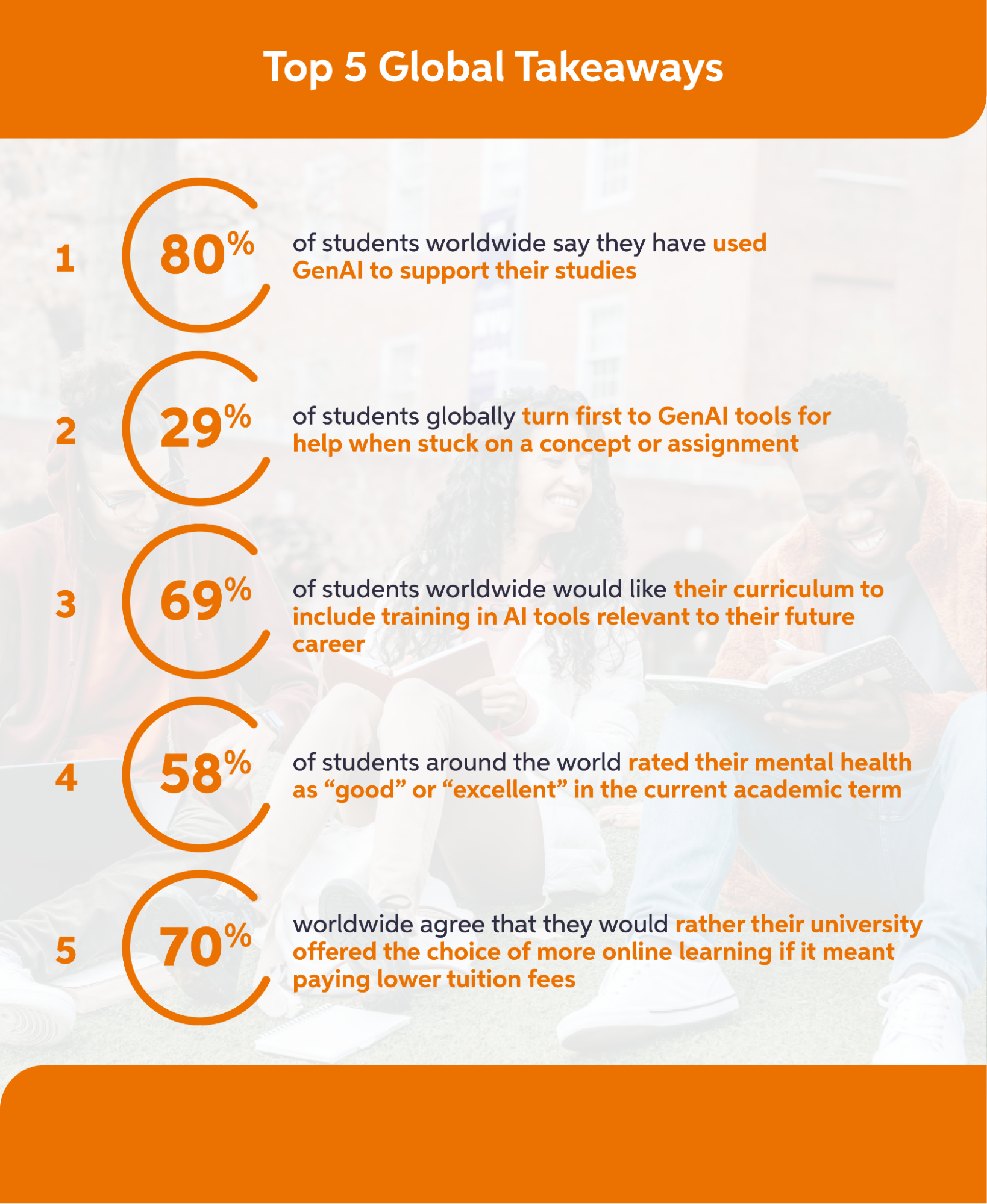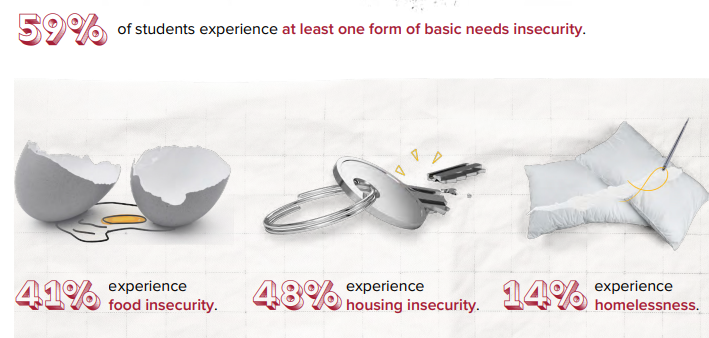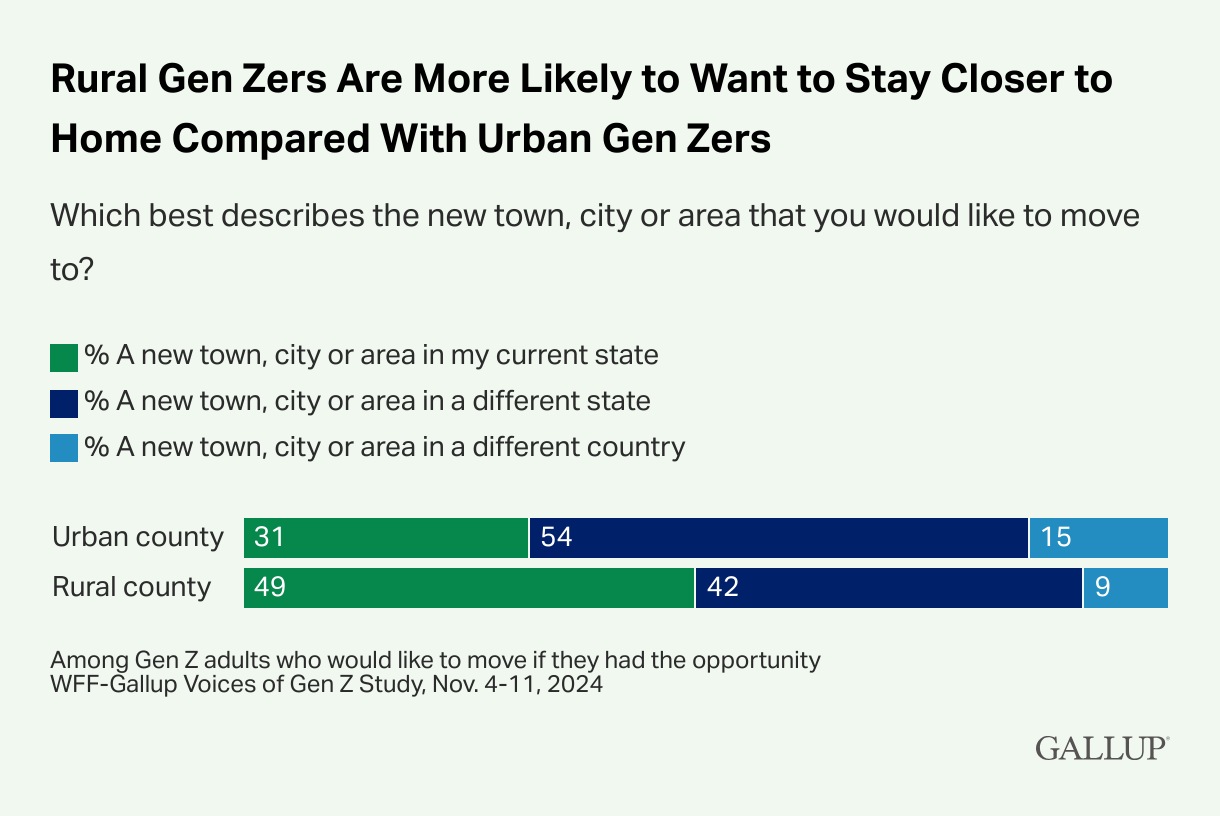March 2025 Eye on Research
Commentary
High school dual enrollment continues to grow nationwide. According to CCRC data, nearly 2.5 million learners participated in dual enrollment in the 2022-2023 school year. The data underlines the need to understand the various funding models for the sustainability and equity of programs. I'm pleased to share that our College in High School Alliance colleagues have released an updated 50-state funding model report, refreshing their 2019 analysis. This timely resource complements the LEARN Commission's recent Green Paper on dual enrollment that AACRAO co-authored with CCRC. The Green Paper offers practical insights for institutions navigating the complex landscape of dual-enrollment financing.
Speaking of LEARN Commission work, as we finalize our upcoming Green Paper on artificial intelligence applications for credit mobility, I want to highlight a thought-provoking piece by my co-author for that paper, Jesse Boeding, Ed.D. In the February 7, 2025, Inside Higher Ed "Beyond Transfer" Blog, Dr. Boeding presents a compelling argument for institution-specific AI training rather than generic AI solutions.
Finally, I recently participated in a U.S. Department of Education data-sources webinar that introduced me to a resource I had not previously encountered: America's education data: Data profiles from the U.S. Department of Education. This comprehensive collection offers data profiles of unique data resources not available elsewhere.
AACRAO Research Update
Where Does Your Institution Stand on the Use of Artificial Intelligence for Credit Mobility?
Artificial intelligence continues to transform higher education. In support of the LEARN Commission, AACRAO analyzed survey data for its final Green Paper, which examines AI applications for credit-mobility processes.
The recently completed survey collected insights from higher-education professionals on several key aspects of AI and credit mobility, including:
- Levels of understanding of AI applications in credit mobility.
- Current implementations and future plans for AI in credit-mobility processes.
- Perceived barriers, challenges, and opportunities related to the adoption of AI
The full Green Paper will be shared in early June 2025. It will provide insights for institutions at all stages of AI adoption and help inform future practices in credit mobility.
Current Higher Education Research and Related Topics
Survey of Global Learners Focuses on the Use of Generative AI
The 2025 Global Student Survey, from Chegg.org, presents findings from undergraduate learners from 15 countries. The survey asked respondents to examine key issues affecting their lives while focusing on their perspectives regarding Generative AI's impact on education and workforce preparation. Based on prompts, generative AI can create new content, such as text in a specific style and length, images similar to real-world images, audio and video
This annual poll aims to amplify learner voices and provide insights into how learners are adapting to technological transformations. The top 5 survey takeaways are shown in Figure 1.
Figure 1: Top 5 Global Takeaways

Source: “Chegg Global Student Survey 2025.” n.d. Chegg.Org.
Earnings-Data Results Were Skewed when College Noncompleters Included
A research brief from the Urban Institute examines how excluding noncompleting learners from higher education earnings data creates significant blind spots in accountability policies that aim to tie government financial aid to posteducation outcomes. Including noncompleters in earnings metrics reveals many different outcomes, particularly at institutions with low graduation rates. Key findings include the following:
- For-profit bachelor's degree institutions show the greatest discrepancy; median earnings dropped from $49,000 to $32,000 when noncompleters are included.
- Community-college graduate earnings decrease by about $8,000 with inclusion of noncompleters.
- Certificate-focused, for-profit institutions show little earnings difference between completers and noncompleters; earnings remain low for both.
- Including noncompleters narrows or eliminates earnings gaps between public and for-profit institutions offering certificates and associate degrees.
- When noncompleters are included, earnings-based accountability tests show disproportionately higher impacts on institutions serving higher percentages of women and Black learners.
Assessment Reform in Higher Education–Addressing Stress and Equity
An article published in Inside Higher Ed examines the relationship between assessment practices in higher education and learner success. The article references the 2024 Student Voice Survey and highlights a National Science Foundation (NSF)-funded initiative at the University of California, Riverside (UC Riverside). The goal of the initiative was to restructure examination methods in STEM courses to improve equity outcomes for underrepresented learners.
The research project promotes mastery grading with frequent, smaller assessments and opportunities to retake tests as an alternative to high-stakes exams that learners report as major barriers to their academic success and mental well-being. Key findings include the following:
- 46% of learners identified limiting the use of high-stakes exams as the most positive action faculty could take to support their academic success.
- The UC Riverside initiative focuses on concept mastery before progression, with weekly testing on smaller units of material with retake opportunities.
- In the study, the UC Riverside pilot project showed a 10-point performance improvement across all learner groups, with traditionally disadvantaged learners performing as well as peers.
- The project includes faculty training to promote a shift from grades as learner-ranking tools to grades as indicators of content mastery.
Report from Public Agenda's Credit Transfer Survey
This report presents findings from Public Agenda's May 2024 survey of 3,077 adult Americans. The survey examined experiences with postsecondary credit transfer, attitudes toward higher education and support for transfer-related policies. Responses reveal widespread challenges with credit-transfer processes that disproportionately affect certain demographic groups, alongside substantial public support for institutional accountability and structural improvements to credit-transfer systems. Key findings include the following:
- Nearly 40% of respondents attempted to transfer academic credits; 25% transferred only a few, or no, credits transferred.
- Racial disparities exist in transfer experiences; White respondents found the process easier and reported more success transferring credits than Black or Latino respondents.
- Most respondents believe sending and receiving institutions should bear primary responsibility for improving transfer processes, with strong cross-partisan support for policies facilitating credit transfer.
- Nearly 80% of degree holders consider their education worthwhile; those with some college but no degree express less confidence in the value of a higher education.
- Over 65% of respondents believe higher-education institutions prioritize financial interests over educational ones; 80% cite college costs as a significant obstacle to degree attainment.
Survey Finds Widespread Basic-Needs Insecurity Among College Learners
A new report presents findings from the Student Basic Needs Survey, conducted by the Hope Center at Temple University. The survey was administered across 91 higher education institutions in 16 states between spring 2023 and summer 2024. The survey documented the prevalence and impact of basic-needs insecurity among 74,350 college learners. Figure 2.
Research demonstrates basic-needs insecurity disproportionately affects learners from marginalized backgrounds and impedes academic persistence while highlighting critical gaps in awareness and use of available support resources. Key points include the following:
- Learners who are marginalized face higher rates of basic-needs insecurity; nearly 75% of Black and Indigenous Learners report such challenges, compared to 55% of White learners.
- 79% of learners who had previously stopped out of college cited basic-needs insecurity or financial reasons as the primary causes for their departure.
- Mental-health challenges are prevalent; 44% of respondents experienced clinically significant symptoms of anxiety and/or depression.
- Despite widespread need, 65% of learners were unaware of relevant support resources; 51% of learners who experienced basic-needs insecurity received no public benefits.
Figure 2: Basic Needs Insecurity Among Survey Respondents

Source: “2023-2024 Student Basic Needs Survey Report.” n.d. The Hope Center.
Urban-Rural Opportunity Disparities Among Gen Z Examined in New Report
This report from Gallup and the Walton Family Foundation examines the geographic disparities in perceived educational and career opportunities between rural and urban Generation-Z individuals. These individuals are aged 12 to 27. Findings reveal significant gaps in how rural Gen Zers perceive local opportunities, compared to their urban counterparts. The complex interplay between community attachment and relocation aspirations were highlighted.
Rural Gen Zers demonstrated stronger regional ties; 49% prefer to remain in their home state, compared to 31% of their urban counterparts. Figure 3. Other key points in the report include the following:
- Rural Gen Zers report substantially lower perceived access to good jobs (19%) and college education (16%), compared to urban peers.
- Despite opportunity disparities, rural Gen Zers express moderate dissatisfaction with their communities (65% vs. 74% for urban Gen Zers).
- Approximately 77% of all adult Gen Zers express a desire to relocate, with college attendance (57%) and job pursuit (34%) as primary motivators among those who have already moved.
- 55% of parents of rural Gen Zers believe their children can accomplish long-term goals locally, compared to 81% of urban parents.
Figure 3: Rural Gen Zers Are More Likely to Want to Stay Closer to Home Compared With Urban Gen Zers

Source: 2025b. “Fewer Jobs, College Options May Push Rural Gen Zers to Move.” Gallup.Com, February 26, 2025.
Winter 2025 Survey Report Shows Mixed Career Growth
A new report presents findings from the Winter 2025 Salary Survey conducted by the National Association of Colleges and Employers. The report outlines projected starting salaries for 2025 college graduates across various academic disciplines and degree levels. Findings are based on data collected from 158 NACE employer members between October and November 2024. The report is published biannually in January and August, and offers salary projections by major, industry and region for bachelor's and master's degree graduates. Key findings in the report include the following:
- Engineering graduates are projected to receive the highest salaries at the bachelor's level ($78,731, up 2.6%).
- Computer engineering and software engineering majors are expected to see the largest increases.
- Computer-science majors show stable growth, with an average projection of $76,251 (up 2%).
- Math and sciences graduates remain the third highest-paid, despite a slight decrease.
- Projected salaries of business graduates increased by 2.1% to $65,276.
- Finance was identified as one of the most in-demand degrees.
- At the master's level, engineering graduates reclaimed the top position from computer science, showing a 12.5% increase to $94,086.
- A master's in a business program shows recovery, with a 3.1% increase to $77,632, reversing 2023's downward trend.
- MBA, finance, and management-information-systems graduates saw substantial improvement.
Report Raises Concerns About Undercount of Native American Learners in Higher Education
Working together, the Brookings Institution, the Institute for Higher Education Policy, and the Urban Institute released a new report. It examines concerns regarding insufficient data-collection practices for American Indian and Alaska Native learners in higher education. The report urges the Department of Education to implement improved standards while raising concerns about the potential disruption of data collection under the Trump administration.
Data-collection inadequacies contribute to significant undercounting of Native American learners. Researchers estimate up to 80% of these learners may be racially or ethnically misclassified, thereby hampering efforts to address persistent educational inequities.
- Current federal measures often miscategorize Native American learners as Latino/Hispanic or multiracial; this may severely limit representation and understanding of this population's unique educational needs.
- Native American learner enrollment declined by 40% between 2010 and 2021.
- Degree-attainment statistics show concerning disparities; only 16% of Native Americans hold bachelor's degrees, compared to higher rates across all other racial groups.
- In 2024, the Office of Management and Budget introduced new standards for collecting data on Native populations. However, researchers are concerned implementation may cause delays because similar reforms were abandoned during the first Trump administration.
- Researchers recommend the ED collect and publish disaggregated data on Native American learners, collaborate with tribal governments for improved transparency and provide guidance to institutions for better data quality.
Research Brief Highlights Multiple-Measures Assessment
A research brief published by the Center for the Analysis of Postsecondary Readiness examines Arkansas's implementation of Multiple Measures Assessment in community colleges as an alternative to traditional standardized test-based placement systems. Traditional placement systems often place learners into unnecessary developmental-education courses.
The brief highlights how Arkansas's decentralized governance model has allowed institutions to adopt MMA practices tailored to their specific contexts following 2017 state code changes. It presents five state-focused strategies for scaling MMA implementation to promote more equitable access to college-level coursework.